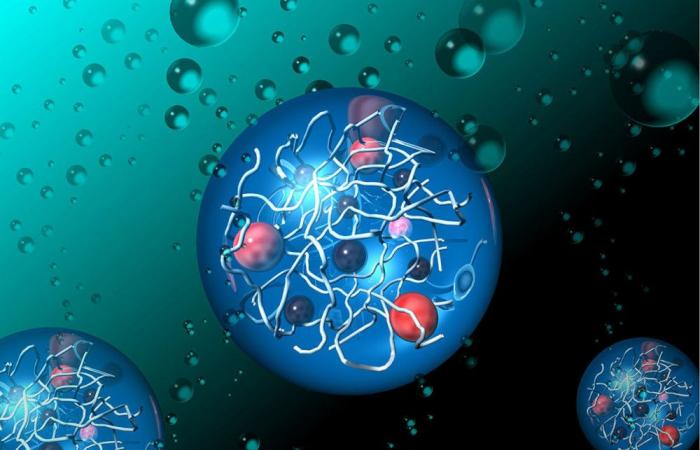Japanese researchers have managed to reproduce the principle of photosynthesis in such a way that CO2 is not transformed into sugar, but water is broken down into its basic components. Ruthenium and platinum, which are also used in vehicle catalytic converters and fuel cells, are used for this purpose. Hydrogen can then be generated directly from water through solar radiation.
What makes this process particularly remarkable is its efficiency, which is currently of the order of photovoltaics, that is to say of the order of 20%. This aspect is particularly important to be able to produce hydrogen in a reasonable and cost-effective manner. Plants, on the other hand, only manage to convert 1% of the energy obtained from sunlight under normal conditions.
However, there are still some obstacles to overcome. Large-scale use of the technology has not yet been tested and the durability of the hydrogel has yet to be proven. Finally, platinum and ruthenium are not very common elements. Ruthenium is one of the rarest elements there is.
Conditions aren’t ideal, but some uncertainties shouldn’t deter researchers from producing hydrogen from sunlight alone.






